A centre to educate Mamori Lake people and help them imagine the changes they need to make in their lives in adapting to shortages or disasters caused by climate change.
Long Description
Climate change is provoking more radical tidal variations in the Mamori Lake. Katia and Jerson lost their house in 2012 because the river water raised to record levels. Three years later, in 2015, they struggled to grow crops and to fish due to a severe drought.
The advent of electricity in 2010 brought air conditioning changing the vernacular architecture and moving away from local knowledge and technologies. New materials that are not fit for purpose, such as aluminium roofs and PVC ceilings are also being introduced, creating hotter and more uncomfortable homes.
Nadir, Jerson’s sister, and her family suffered dengue because of water polluted with organic matter. Due to the lack of a sewage system, families have been polluting the lake for decades increasing the chances to get water-borne diseases such as dengue.
The project aims to design and build a floating Climate Change Learning Centre as an example for best practice in construction to educate Mamori Lake people and serve as an scalable global case study. The project will be developed and constructed with local people, materials and technology while demonstrating a more resilient and comfortable dwelling type. Inspired by nature and using biomimicry, the building floats to adapt to tidal variations, is synergetic to resist strong storms, is based on passive cooling and closed loop nutrient systems, is affordable and easy to build. The centre will be sustained by a yearly program with visiting students and learning activities for the local schools and communities.

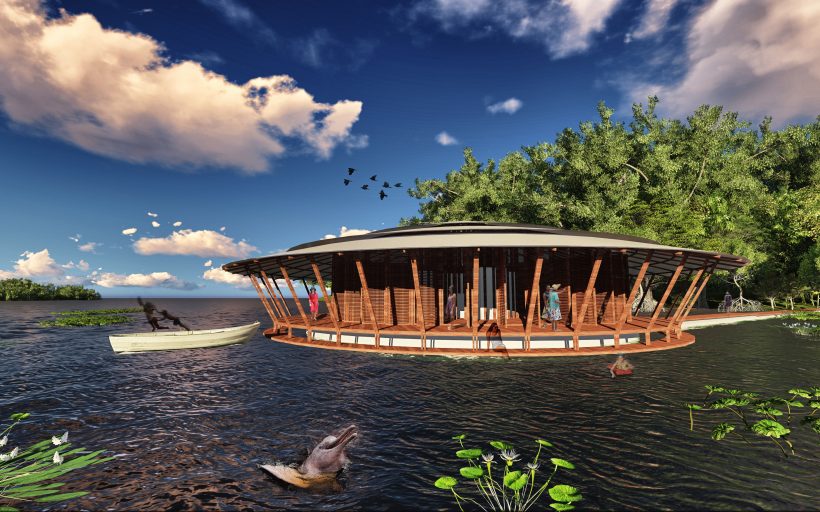

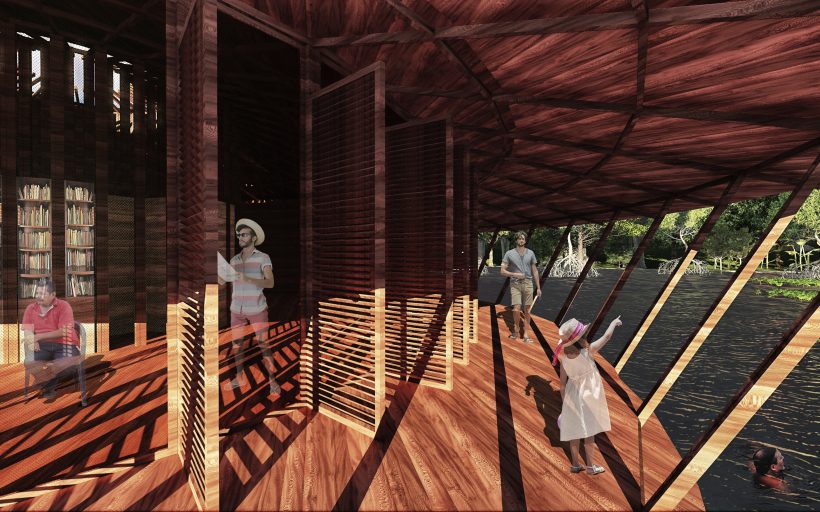

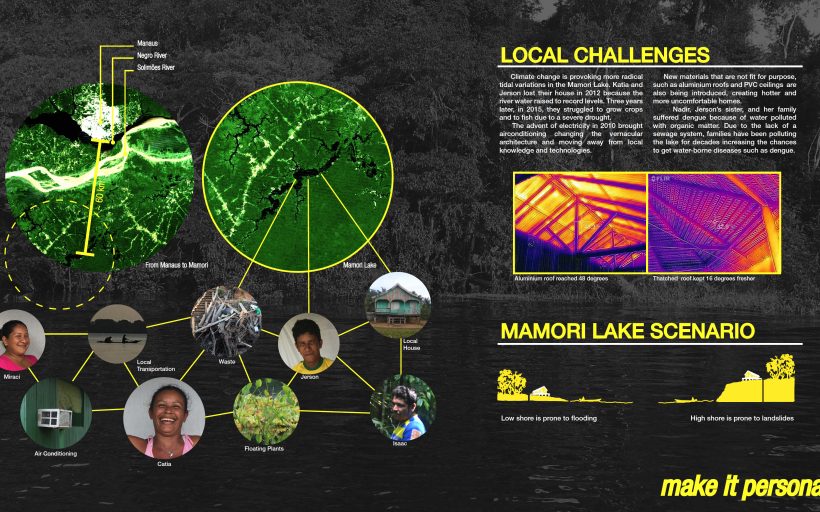

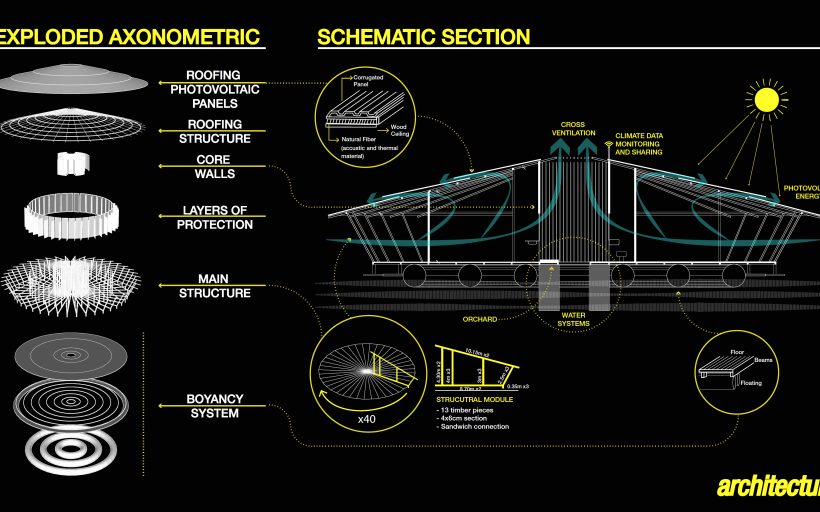

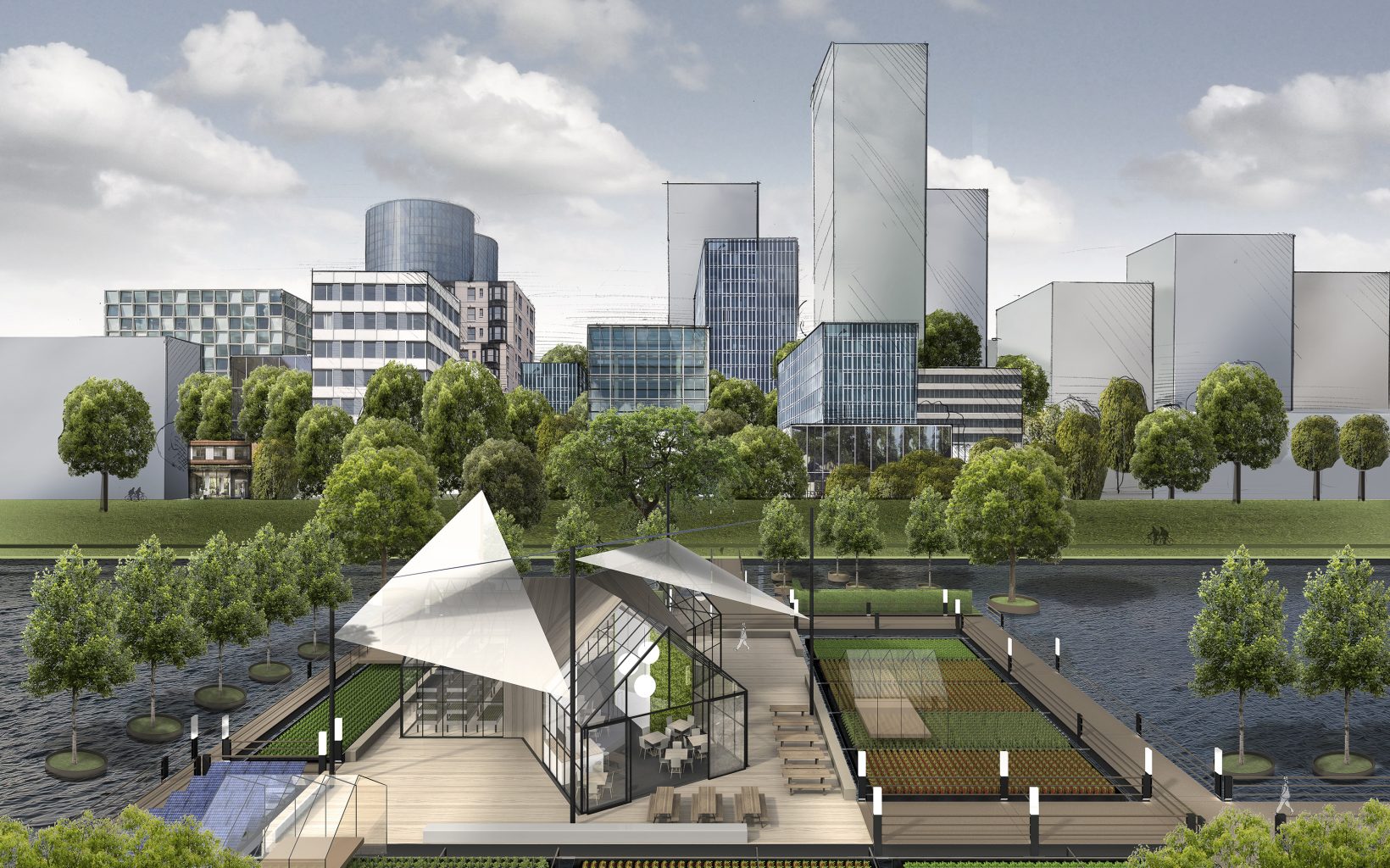
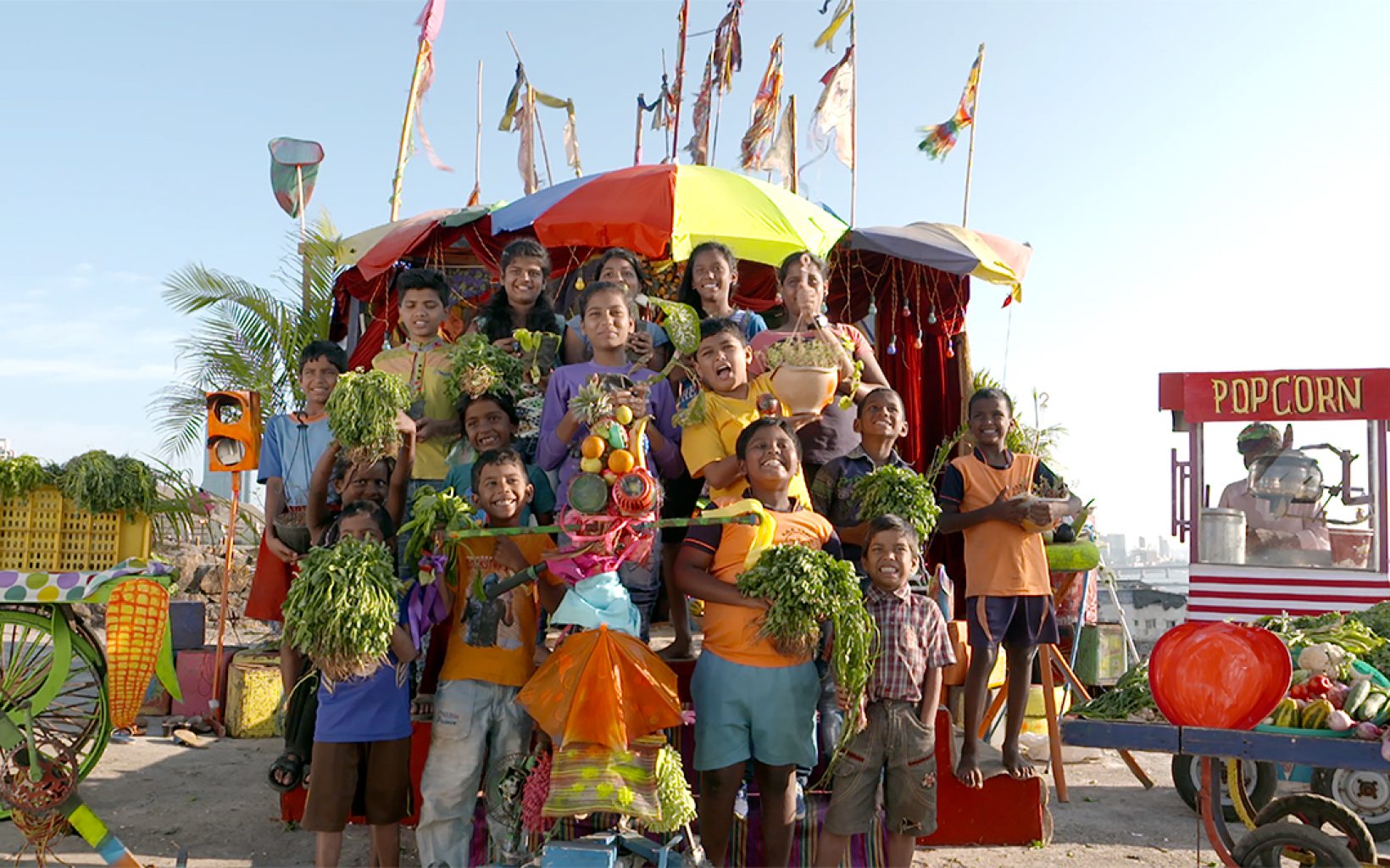
Share on social media.
Facebook
Twitter
LinkedIn
Mail